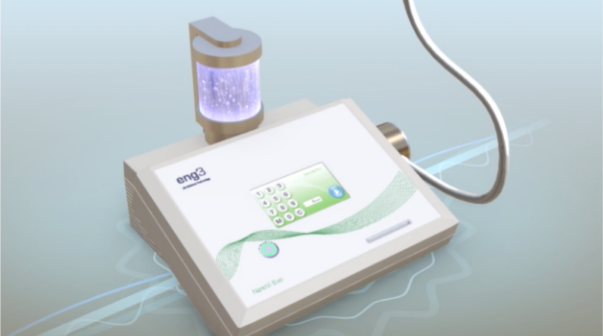Study of Recovery in Elite Athletes Reveals Significant Advantage of Incorporating NanoVi®® Technology in Training
By Antonio Robustelli
Abstract
Objective: This study evaluated the impact of the NanoVi® Exo on recovery after exertion in performance athletes, focusing on heart rate variability (HRV) as a measure of autonomic nervous system balance. HRV, particularly the RMSSD component, is a key indicator of parasympathetic activation, which plays a crucial role in athletic recovery and performance optimization.
Methods: 20 performance athletes were assessed using HRV testing. HRV was measured after a standard training session, then again following either a 20-minute NanoVi® Exo session or a 20-minute rest period without NanoVi®. Statistical comparison of pre- and post-session data was based on RMSSD, the primary HRV component associated with recovery. A two-tailed t-test was used to determine statistical significance. Results: HRV improved in 19 out of 20 athletes following NanoVi® Exo use. Average RMSSD increased by over 15%, with 25% of athletes showing improvements of at least 20%. One athlete showed a slight decline (-1.3%) but had the highest baseline HRV, 8.5% above the next highest athlete. Statistical analysis confirmed that the difference in HRV was statistically significant (p = 0.0001).
Conclusion: The author concluded that the results were extremely positive, demonstrating that NanoVi® Exo effectively enhances parasympathetic activation and recovery in performance athletes. These findings suggest that integrating NanoVi® sessions between training sessions and post-exercise may support faster recovery and optimize performance.
